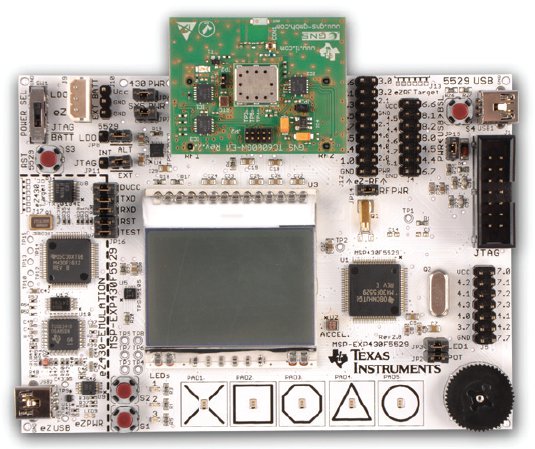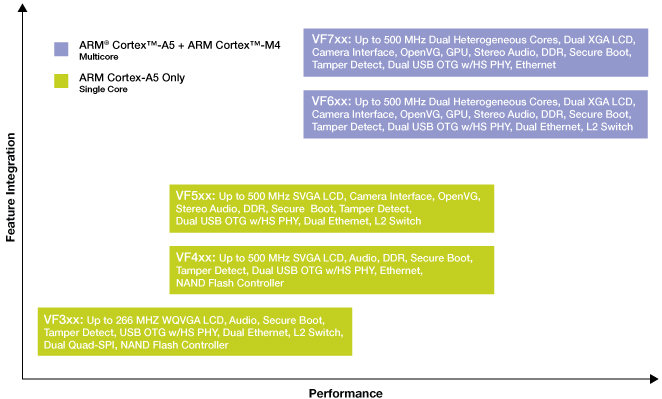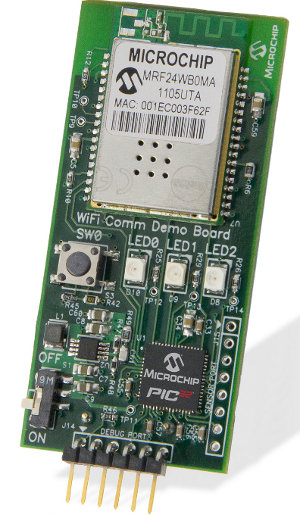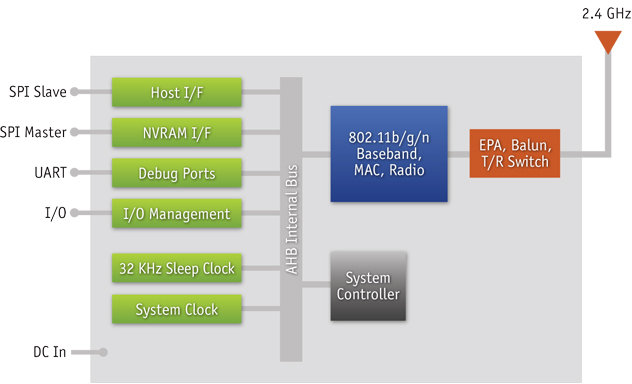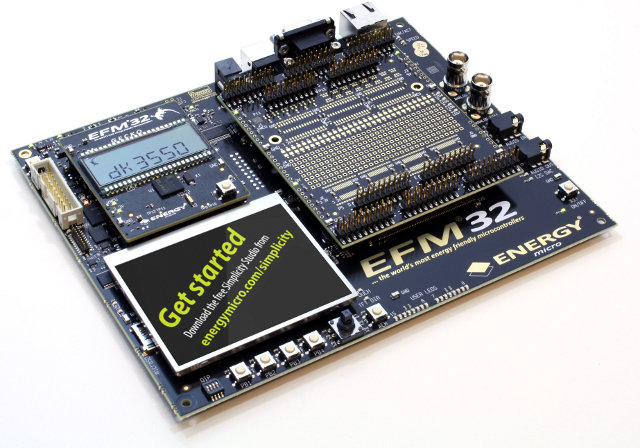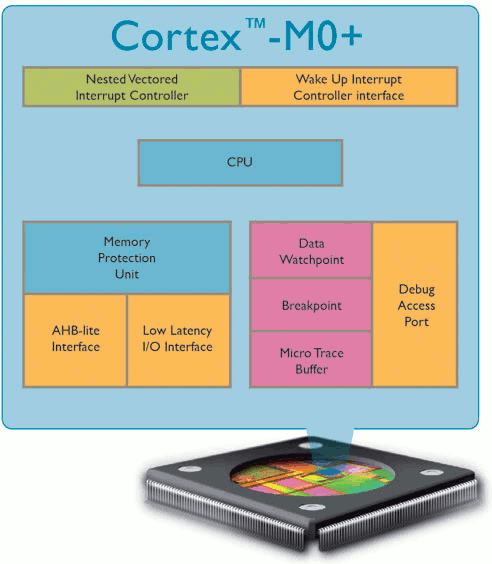Express Logic has unveiled its ThreadX-Lite Real-Time Operating System, a priority-based, preemptive scheduling RTOS for ARM Cortex-M development. It is exclusively be available via IAR Systems and is integrated with the C/C++ compiler and debugger tool suite IAR Embedded Workbench. ThreadX-Lite is “designed to be small, fast, and easy-to-use, while maintaining the functionality and efficiency of a highly optimized RTOS”. ThreadX-Lite targets Cortex-M0, M0+, M3, and M4-based microcontrollers from Atmel, Freescale, Fujitsu, Infineon, NXP, STMicroelectronics, and Texas Instruments. ThreadX-Lite is a subset of ThreadX RTOS, both RTOS share features and capabilities packaged in an object library as well as ThreadX API, but it is not very clear what the differences between the two are from the resources available. Here are the key feature of this RTOS: Small-footprint (small as 2KB, automatic scaling) Fast execution (sub microsecond context switch) Unlimited threads, semaphores, timers, queues, block pools, byte pools, and event flag groups […]
TI SimpleLink GPS CC4000 Enables GPS For MCUs
Yesterday, Texas Instruments unveiled the SimpleLink GPS CC4000, a GPS self-contained module that can be interfaced with any MCU or MPU having a UART interface. Due to limited resources of microcontrollers, several GPS features have been implemented in hardware such as the push-to-fix function which can simply be controlled by the MCU via a GPIO to receive National Marena Electronics Association (NMEA) strings containing location, time and velocity information. TI Simplelink GPS CC4000 enables GPS-based applications such as asset tracking, industrial M2M, sports and fitness, and precision timing. It can deliver better than 2.5 meter accuracy and provides pulse-per-second output functions to provide precise location and timing data. It can also automatically reuse previously decoded satellite information thanks to its “watchful-eye” feature in order to deliver fast time to first fix (TTFF) and optimize power consumption. Here are SimpleLink GPS CC4000 key features: Driverless, fully integrated GPS solution which requires […]
Freescale Vybrid Controllers: Cortex A5 + Cortex M4 Solutions
Freescale announced the new Vybrid platform based on Cortex A5 application processor and Cortex-M4 MCU (VF6xx and VF7xx family only) which targets building/home automation and control, industrial automation, point-of-sale systems, medical devices, smart energy equipment, and appliances. There are 5 families of Vybrid Controllers which support the following common features: Video/Camera Interface Unit + optional OpenVG GPU (except VF3xx) Up to 800 MHz data rate DDR3 and LPDDR2 support (except VF3xx) USB 2.0 OTF with Integrated PHY (1 or 2 depending on model) Ethernet 10/100 MAC (1 or 2 depending on model) Display controller (WQVGA to XGA resolutions) High-assurance boot with Crypto Acceleration Up to 1.5 MB on chip SRAM NAND Flash controller and Dual Quad-SPI with eXecute-In-Place(XIP) Dual 12-bit ADC and DAC Here are the 5 families of Vybrid platforms and key differentiating features: VF3xx: ARM Cortex-A5 up to 266 MHz, 1x USB 2.0 OTG, 2x Ethernet, display up […]
Microchip Unveils Wi-Fi Comm Demo Board with 32-bit PIC32 MCU
After TI and Qualcomm, here’s another WiFi solution for MCU aimed at the internet of things (IoT). Yesterday, Microchip Technology announced the Wi-Fi Comm Demo Board, which combines a Microchip 32-bit PIC32 microcontroller (PIC32MX695F512H) with a low-power MRF24WB0MA embedded Wi-Fi radio transceiver module. This small (and cheap) demo board can be used to integrate with existing embedded designs and/or to evaluate Wi-Fi connectivity with a 32-bit MCU. Contrary to TI and Qualcomm, the IP network stack is not implemented in hardware, but Microchip provides a TCP/IP stack that can be freely downloaded at http://www.microchip.com/get/A3VP. This TCP/IP stack includes HTML, DHCP, DNS, IPv4/v6, SSL, etc… (See diagram below) The memory footprint is 28-34 KB depending on the modules used. I could not find details about power consumption, but the company claims their solution can also run with just 2 AAA batteries. Microchip explains that this solution can enable the rapid growth […]
Qualcomm Atheros AR4100P Provides WiFi Connectivity to the Internet of Things
In January, Texas Instruments was the first company (to my knowledge) to release a WiFi chip for the internet of things, the SimpleLink Wi-Fi CC3000, where WiFi is mostly implemented in hardware to lower power consumption. Now, the company has some competition with the announcement of Qualcomm Atheros AR4100P, an improved version of its AP4100 WiFi chipset, including IPv4/IPv6 support. The AR4100 targets the home, enterprise, smart grid and home automation and control applications that have lower data rates and transmit or receive data on an infrequent basis. The AR4100 system-in-package (SIP) features the following: Low energy Power saving modes as low as 5 µA Wake-up times as low as 2.2 ms Support for Quad SPI flash for faster wake times Low system resource requirements Low footprint host driver (25K Flash and 8K RAM) Simple, low-cost wireless system integration LGA package simplifies 2- or 4-layer PCB design Near zero RBOM […]
Energy Micro Announces EFM32G-DK3550 Gecko (Cortex-M3) Development Kit
Energy Micro has just announced the availability of the EFM32G-DK3550 development kit based on ARM Cortex-M3 EFM32G890F128 MCU. The kit (pictured below) is based on the main board from the bigger Leopard and Giant Gecko kits and supports SEGGER J-Trace and J-Link in order to reduce the need for additional debugging tools. Here are the development kit specifications: EFM32G890F128 Gecko Cortex-M3 MCU 4MB PSRAM 16MB NOR-Flash 320 x 240 RGB resistive touch TFT display Ethernet MAC/PHY microSD slot audio I/O and I2S DAC USB debug interface, SEGGER J-Link debugger Advanced Energy Monitoring (AEM) system to monitor the prototype’s energy consumption. 2x RS232, IrDA Switches, Joystick, LEDs, potentiometer… EXP32 Prototyping area (right side of the picture) For software development, Energy Micro provides Simplicity Studio suite, which includes energyAware Profiler that can interface with the AEM system via USB, gather all relevant system data, and display real-time graphs of current consumption on a […]
ARM Announces ARM Cortex-M0+ Core to Power the Internet of Things
ARM has just unveiled the ARM Cortex-M0+ 32-bit processor optimized to deliver ultra low-power and low-cost MCUs to power the ‘Internet of Things‘ by controlling connected intelligent sensors and smart control systems in a broad range of applications including home appliances, white goods, medical monitoring, metering, lighting and power and motor control devices. ARM claims the Cortex-M0+ consumes just 9µA/MHz on a low-cost 90nm LP process, around one third of the energy of any 8- or 16-bit processor available today, while delivering significantly higher performance (1.77 CoreMark/MHz). Beside the low power consumption, the main advantage of the Cortex-Mo+ over 8-bit and 16-bit MCUs , is that it can provide low power wireless connectivity to a variety of embedded systems such as wireless sensors. The new processor is based on Cortex-M0 processor but has been redesigned to include a few new features such as: Single-cycle IO to speed access to GPIO […]
Embedded Systems Outlook and Trends for 2012
National Instruments has recently published a report entitled “Embedded Systems Outlook 2012 – Key Technologies and Methodologies Impacting the Embedded Systems Market” which lists technology and business trends for the development of embedded systems. Here are the key findings: Technologies & Architectures: Embedded Platforms Technology providers are developing components, modules, or even complete embedded platforms (software + hardware) with higher levels of integration and increased functionality to speed up time to market. System-on-Chip (SoC) and System-on-Module (SoM) benefit from this trend and some also embed a FPGA. Reconfigurable Computing Previously, designers chose between low-cost microcontroller or high performance CPU based on the expected performance needs of the embedded system. As cost decreases and performance increases, low cost devices such as control and monitoring systems now often come with more features thanks to the use of programmable logic. This type of flexibility can be achieved by adding an FPGA to the MCU […]



